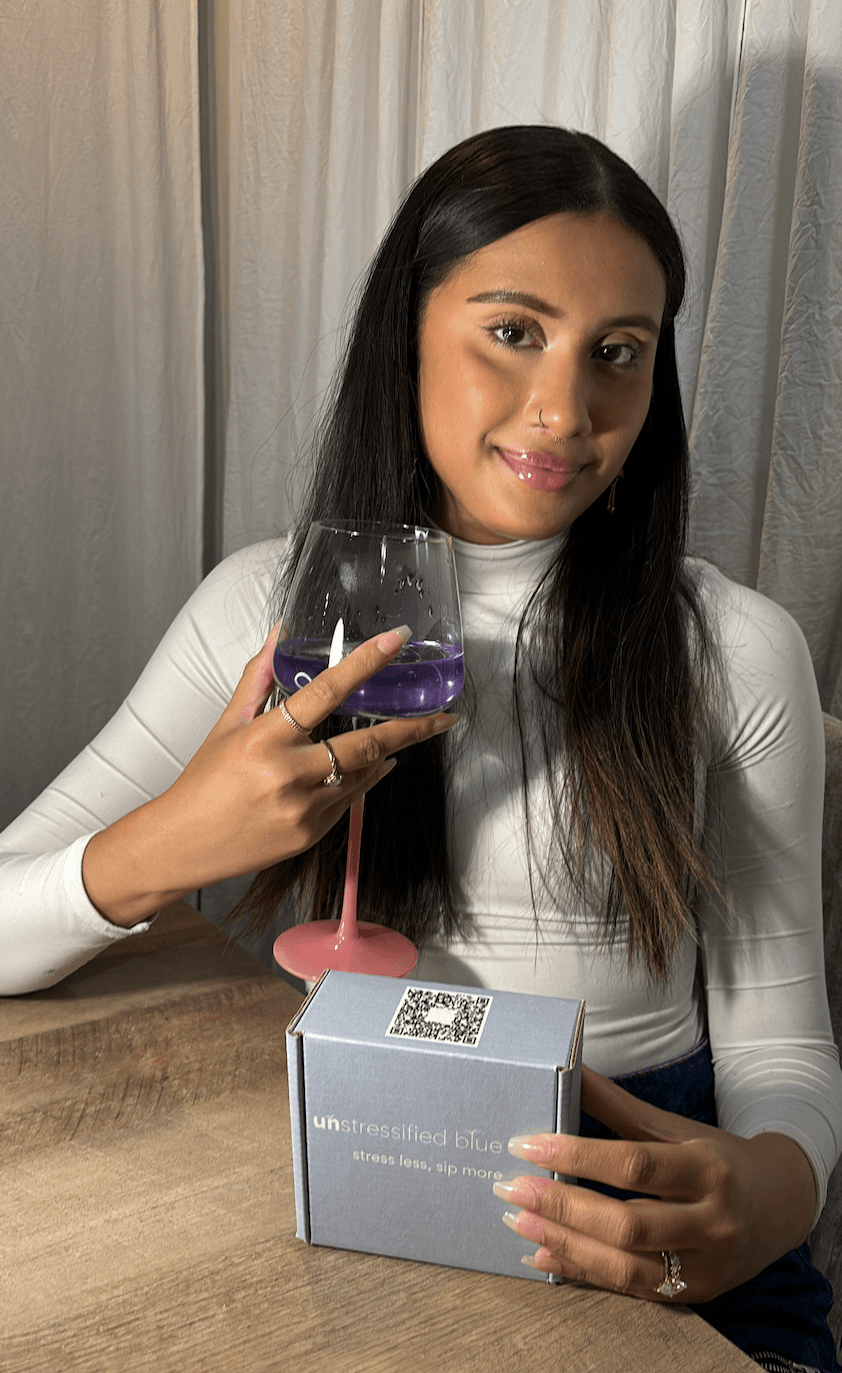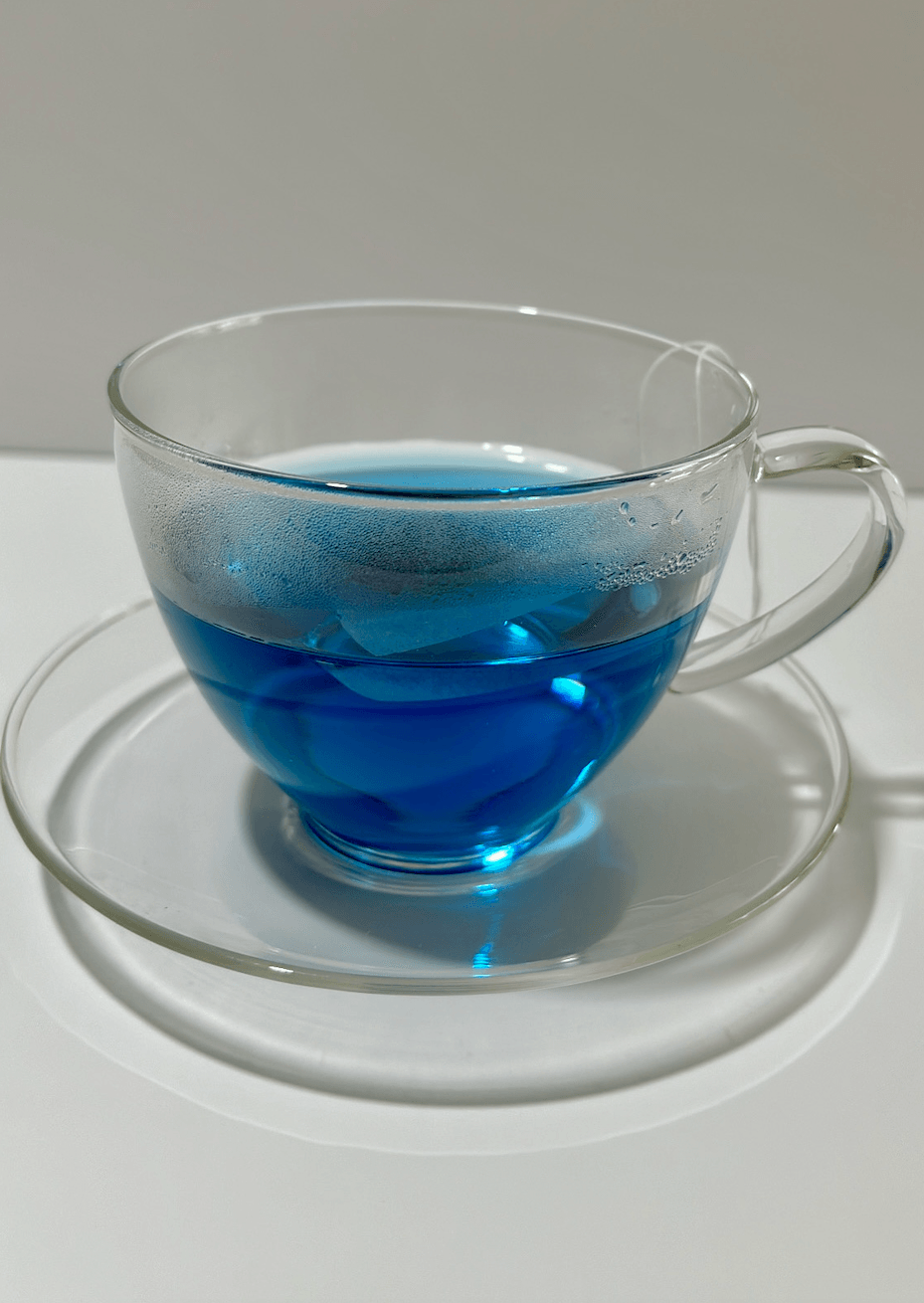We caught up with the brilliant and insightful Nahrin Chowdhury a few weeks ago and have shared our conversation below.
Nahrin, appreciate you joining us today. Let’s start with education – we’d love to hear your thoughts about how we can better prepare students for a more fulfilling life and career
If I could change one thing about the education system to better prepare students for a fulfilling life and career, I would move away from outdated, industrial-age teaching methods and shift toward a model that emphasizes real-world learning, creativity, and collaboration.
Having been in education for over 20 years, I’ve seen how traditional classrooms, where students sit in rows, memorize facts, and are tested on recall, fall short in preparing students for the challenges of today’s world.
Early in my teaching career, I was fortunate to work in progressive schools that valued inquiry-based, student-centered, and project-based learning. These environments transformed the way students engaged with their education. Instead of simply solving problems from a textbook, students tackled real-world challenges. In my math classes, for instance, I didn’t ask students to memorize formulas and complete drills. Instead, they discovered mathematical concepts through exploration and applying them, making the formulas meaningful.
One project I loved was redesigning parts of the neighborhood as urban planners. Students used geometry to address practical problems in the city where they lived. In another, they built structures from sustainable materials, applying math concepts while learning about engineering and architecture across the globe. We even simulated natural disasters to test their designs, connecting their math lessons with science in an engaging, hands-on way. This wasn’t just about math, it was about critical thinking, creativity, and collaboration.
My classroom was often described as “controlled chaos.” Students weren’t quietly sitting in rows. Instead, they were discussing, building, experimenting, and problem-solving. It was loud, messy, and energetic, but most importantly, it was effective. Every student was engaged, regardless of their background or learning style. I worked with neurodiverse learners, English language learners, and students from a variety of academic and personal contexts, and they all thrived in this environment.
The reality is, the real world doesn’t look like a traditional classroom. In the workplace, people don’t sit silently, waiting for instructions. They innovate, problem-solve, and collaborate. They apply knowledge creatively and adapt to new challenges. Unfortunately, many schools still operate within an outdated, one-size-fits-all model designed for a world that no longer exists.
So what’s holding us back? Fear of change. Many educators stick to traditional methods because it’s how they were taught, and the system has conditioned them to value compliance, quiet, and standardized testing. But today’s students need more than just academic knowledge. They need skills like communication, empathy, collaboration, adaptability, and creativity. The kinds of skills that matter in a rapidly changing world.
We can’t ignore the role of technology in today’s world. Instead of fearing tools like AI or dismissing students’ love for platforms like TikTok, we should embrace them as powerful educational tools. Imagine using short-form videos, engaging visuals, and interactive content to simplify complex topics and make learning more accessible. Platforms where students feel safe asking questions and participating in written discussions could become invaluable spaces for growth. For instance, on “MathTok,” students are already breaking down problems, offering support, and having meaningful conversations. Similarly, while students are already using AI in various ways, schools often miss the opportunity to teach them how to leverage these tools responsibly and creatively. Why not meet students where they are, speak their language, and show them how to turn these tools into assets for learning and innovation?
That said, we also need to balance technology with teaching the human skills that technology can’t replace such as leadership, empathy, and effective communication. These are the skills that have served me far more in my career than any memorized fact ever could.
Ultimately, preparing students for a fulfilling life and career means creating an education system that values exploration, creativity, and application. By moving away from the industrial model, we can encourage critical thinking, collaboration, and problem-solving. The skills that empower students not just to succeed but to lead and shape the future. The world is evolving rapidly, and our education system must evolve with it.

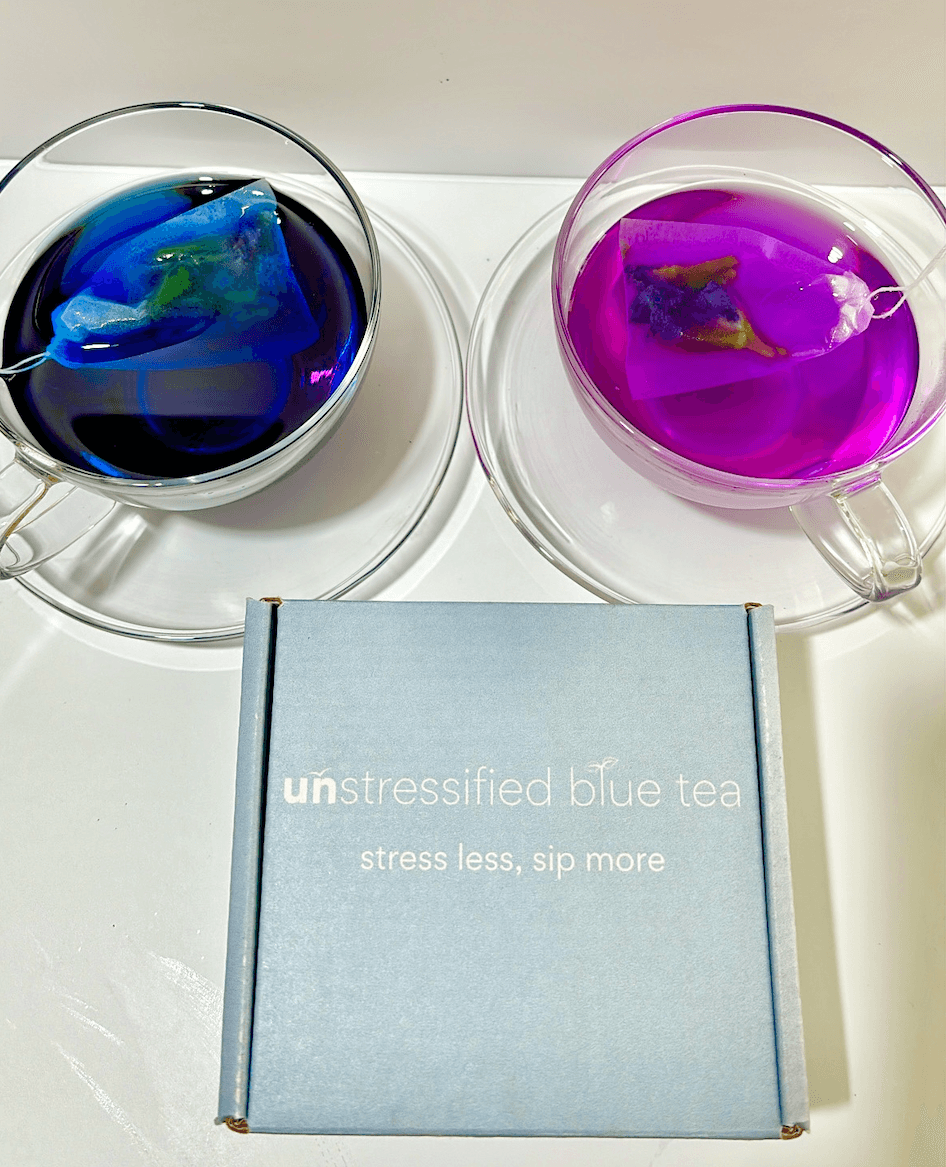
Great, appreciate you sharing that with us. Before we ask you to share more of your insights, can you take a moment to introduce yourself and how you got to where you are today to our readers.
I empower individuals and organizations to manage stress through uniquely tailored strategies that foster personal and professional growth. As an educator for life, my career began as a math teacher, transitioned into leading adults as an education leader, and has now evolved into teaching empowerment and practical strategies to improve lives and organizations.
Stress is a natural part of life, but with the right tools, it doesn’t have to feel overwhelming. I founded Unstressified in June 2023 to help people and organizations make small, sustainable changes in their habits that enhance life rather than disrupt it. My approach isn’t about drastic regimens or expensive wellness trends. It’s about identifying and taking meaningful steps, often ones that people don’t see or know how to take. Sometimes, all they need is a cheerleader to empower them, and I love being that person.
What I Offer
At Unstressified, I provide:
Educational workshops and corporate training focused on stress management, mindfulness, and sustainable well-being practices.
Individual and small group coaching, meditations, and speaking engagements.
Innovative products like my patent-pending Unstressified Blue Tea, a unique stress-reducing tea that changes color from blue to purple and promotes heart health, better digestion, lower blood sugar, healthier hair and skin, and more.
I’m proud of creating real breakthroughs for my clients—transformations that result in long-lasting changes. Whether it’s helping women start businesses, guiding someone to find joy in small moments, or empowering individuals to shift their routines for a better life, the impact I see is profound. What makes me happiest is the ripple effect: a single breakthrough can change the trajectory of a life and positively influence everyone that person touches.
I believe that wellness doesn’t require huge sacrifices or expensive commitments. Sometimes, it’s as simple as resting with a cup of Unstressified Blue Tea or rethinking a nightly routine. My clients often discover how small, manageable shifts can lead to sustainable, big results.
I love working with diverse groups, especially educators, South Asians, and women, all navigating unique challenges. These shared experiences inspire me to help others not only name their struggles but also approach them in healthy, productive ways. Recently, I’ve had the privilege of working with Bengali moms, an incredible group for whom stress management, self-care, and boundaries are often foreign concepts. Helping them explore physical, mental, and social health has been an especially rewarding journey.
I’m a proud Muslim-American woman born and raised in New York, with roots in Bangladesh. I spent five years in sunny Los Angeles, where my wellness journey started. I’ve always believed that happiness and making a difference in the world go hand in hand and Unstressified is my way of blending those passions.
I hold certifications in stress management, meditation, and mindfulness from Harvard, which deepen the academic foundation behind my work. Through my services and products, I aim to inspire people to take the steps necessary to build lives that are not just stress-free, but truly fulfilling.
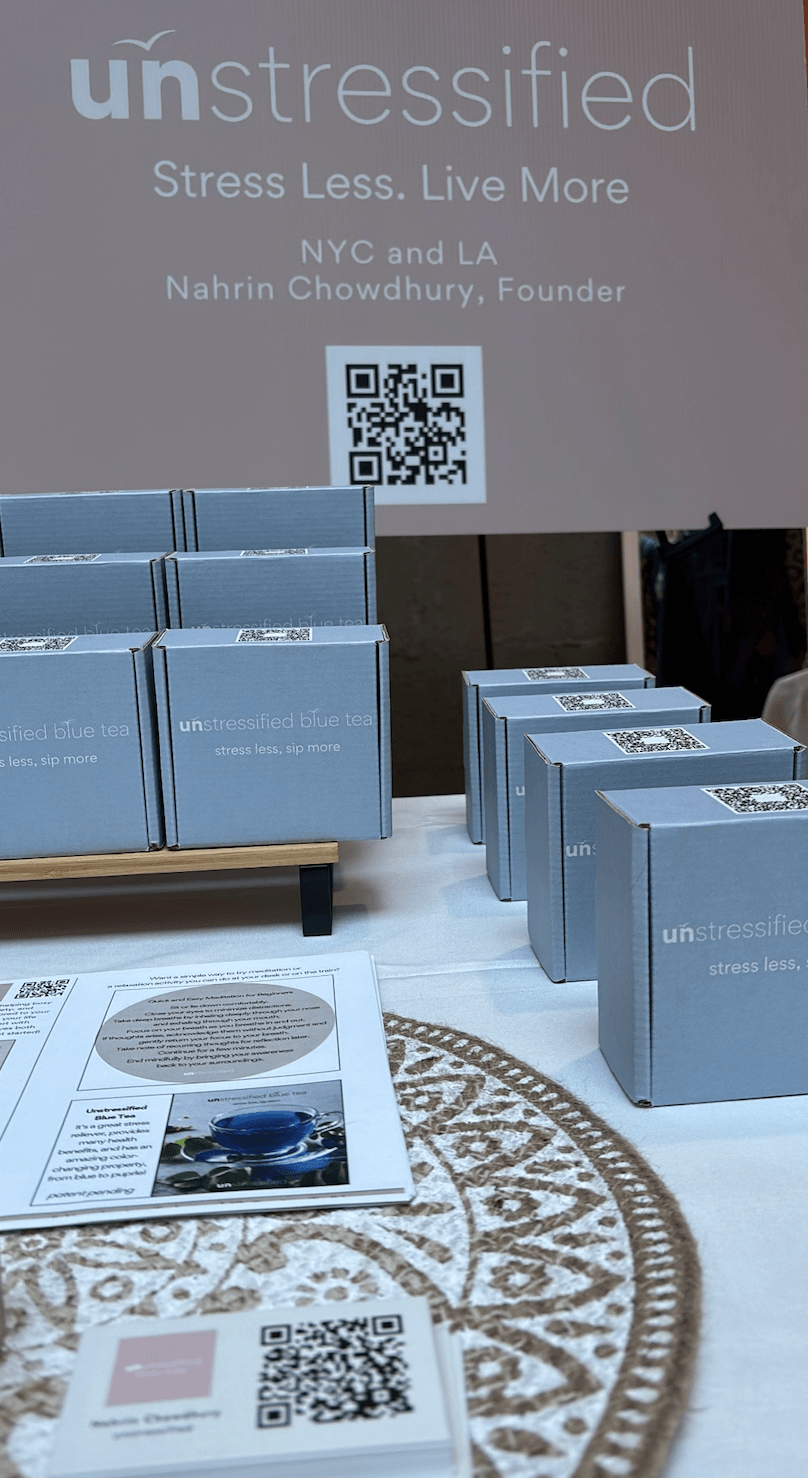

We’d really appreciate if you could talk to us about how you figured out the manufacturing process.
I recently began selling Unstressified Blue Tea, a product inspired by my heritage and passion for wellness. Growing up as the child of Bangladeshi immigrants, our household was filled with traditional foods and spices like turmeric, lychee, tamarind, and cumin. These ingredients are now being widely recognized for their health benefits.
I’ve always leaned toward clean, balanced eating and natural remedies over medications, so I began to research traditional South Asian ingredients that promote wellness. Butterfly pea flower stood out to me. Not only is it a natural stress reliever, but it also boasts an impressive range of health benefits for heart health, blood sugar, cognition, hair, skin, and more. The flower’s beautiful blue color and its magical color-changing properties sold me. it’s as functional as it is beautiful. Once I confirmed it was FDA-approved, I knew I had to bring it to the U.S. market.
Initially, I planted butterfly pea flowers from organic seeds in my home. Within three days, the flowers sprouted, and I learned to dry them using YouTube tutorials. This process inspired me to move forward with selling the tea, so I obtained a home processor license and applied for a patent (pending). However, I realized I couldn’t sustain production alone. I’m no farmer and city living has its limits. After extensive research, I partnered with a certified organic, toxin-free family farm in Thailand.
This journey hasn’t been without challenges. I’ve faced issues with shipping delays, packaging mishaps, and vendor reliability. Early on, I had to decide whether to sell loose tea or tea bags, test different bag sizes and materials, and navigate unexpected costs. It felt like everything was completely wrong, but I just kept moving forward to make it to the launch. I’ve learned to embrace trial and error, communicate clearly with vendors, and always ask for samples.
One of the biggest lessons I’ve learned is that perfection is the enemy of progress. My natural inclination was to perfect every detail before launching, but I’m glad I trusted my instincts and brought the product to market sooner rather than later. Early customer feedback from pop-ups, focus groups, and sales has been invaluable, helping me make meaningful improvements. If I had waited for “perfect,” I’d still be months behind, only to learn that adjustments were inevitable.
As I continue this journey, I’ve decided to rebrand the name and packaging to better align with customer insights. I’m also planning a trip to Asia next month to personally connect with farms and suppliers, ensuring the quality and consistency I envision for the brand. Every step has been a learning experience, and I’m excited to keep refining and growing. Unstressified Blue Tea is more than just a product, it’s a blend of heritage, wellness, and innovation that I’m proud to share with the world.
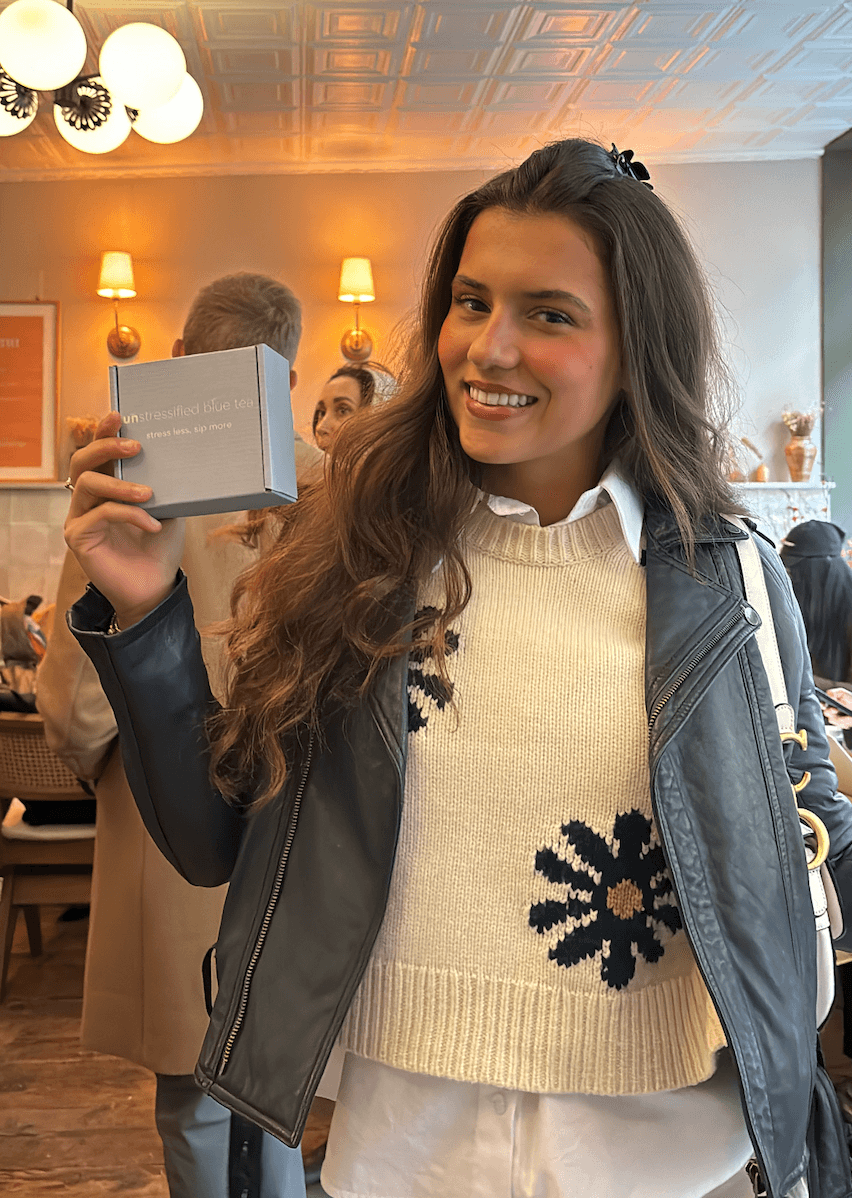
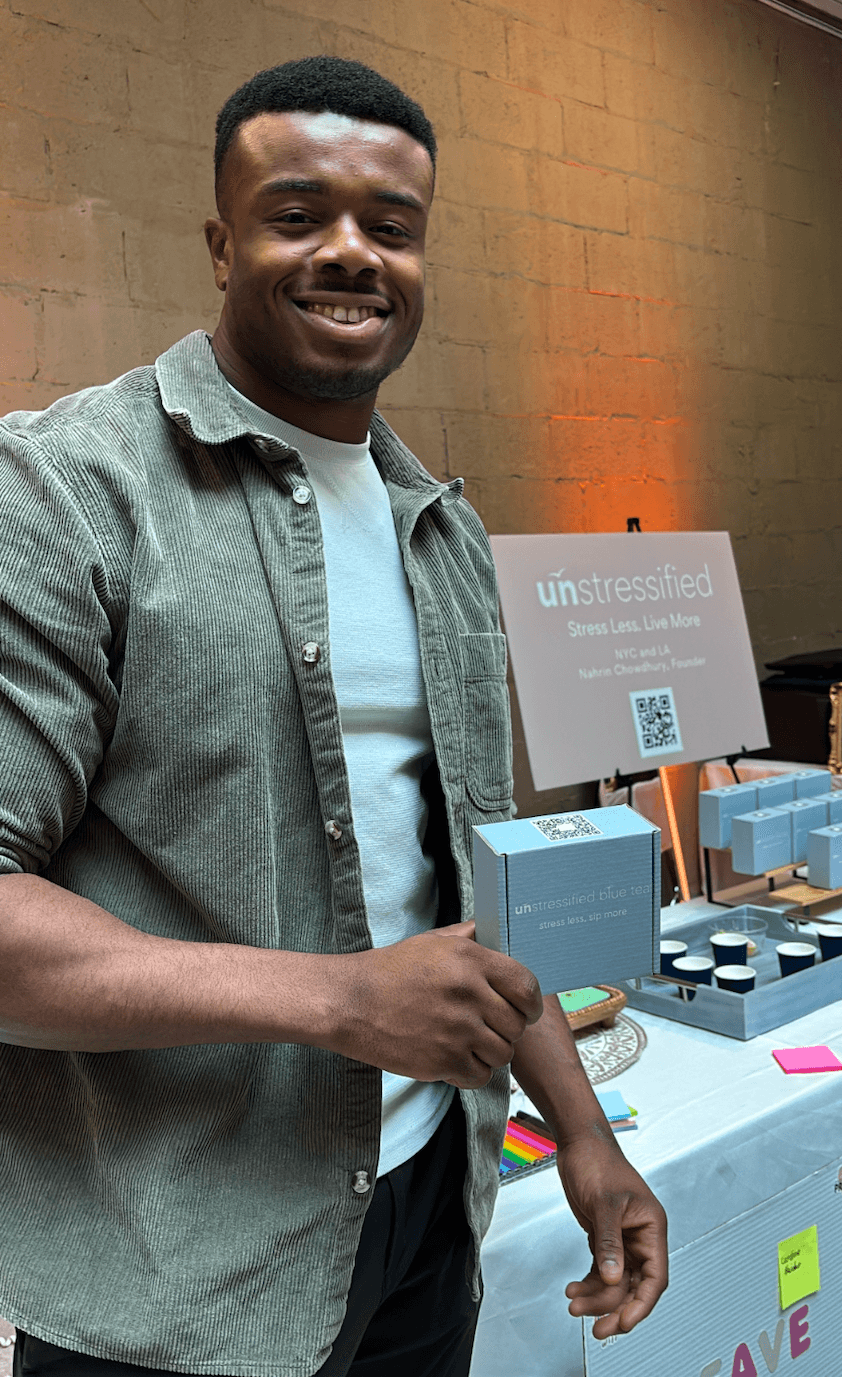
Are there any books, videos or other content that you feel have meaningfully impacted your thinking?
Atomic Habits by James Clear has profoundly influenced my entrepreneurial style and philosophy, shaping Unstressified into a system-focused, growth-oriented venture. Its principles have guided how I approach stress management and sustainable growth for myself, my team, and my clients.
Systems Over Goals
Rather than fixating on milestones, I prioritize daily habits and systems. For Unstressified, this means developing repeatable, actionable steps, both for my own processes and for clients, to create consistent progress toward stress-free living. Success is no longer about a singular outcome. It’s a byproduct of solid systems.
Small Changes, Big Impact
I’ve embraced the idea that incremental improvements compound over time. Whether refining client programs or improving my workflow, small daily actions have led to significant transformations in Unstressified’s operations and outcomes.
Habit Stacking
Clear introduces concepts like habit stacking (linking a new habit to an existing one). In client sessions, we “stack habits” by pairing stress management techniques with their existing routines, making implementation seamless and sustainable.
Identity-Based Habits
I don’t just run a business—I embody the identity of someone committed to helping others live Unstressified lives. This mindset filters into how I lead my team, encouraging them to see themselves as changemakers and innovators. For clients, I emphasize becoming the person they aspire to be, not just achieving temporary relief.
Tracking Progress
From client outcomes to team productivity, I measure and celebrate small wins. Whether it’s a client mastering a new technique or hitting a business milestone, tracking progress reinforces the systems we’ve built. Data-driven decisions are very important.
Patience and Persistence
Clear’s concept of the “valley of disappointment” resonates deeply. Growth isn’t always visible, but I’ve learned to trust the process and stay consistent, knowing breakthroughs often follow periods of steady effort.
These principles have become the foundation of my entrepreneurial philosophy, guiding Unstressified to deliver sustainable, stress-free solutions for clients and creating a thriving, system-driven business.
Contact Info:
- Website: https://linktr.ee/unstressified
- Instagram: https://www.instagram.com/unstressified
- Linkedin: https://www.linkedin.com/in/nahrin-chowdhury-73559b120
